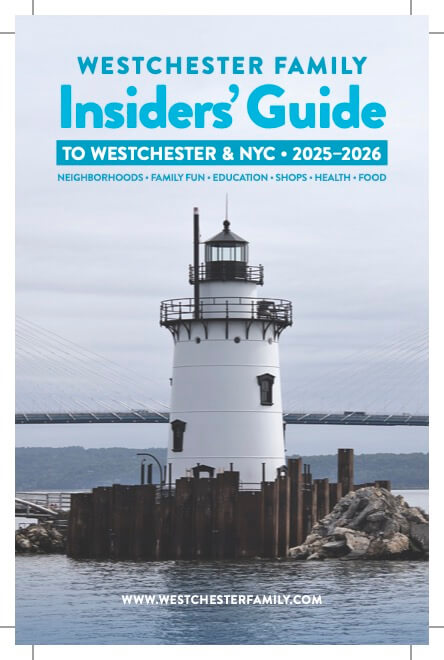Both of our kids were home from school early because of “teacher conferences,” and my family was looking for something fun to do. Although we’ve lived in the Hudson Valley for more than a decade, we’d never visited Dia:Beacon. The museum had just celebrated its 10-year anniversary, so my wife and I decided that a visit was overdue.
The Setting
Dia:Beacon is set along the picturesque Hudson River in a factory that used to house a printing facility for Nabisco. The building was constructed in 1929 and was designed to have as little visual impact on the surrounding landscape as possible. We found the unassuming entrance to Dia:Beacon somewhat misleading. Upon entering we were overwhelmed by the vastness of the interior. Dia:Beacon is more accurately described as a collection of galleries, rather than a traditional “museum.” The facility boasts 240,000 square feet of exhibition space lighted naturally by 34,000 square feet of north facing skylights, making it an ideal place to view art.
Dia:Beacon features the work of artists from the 1960s and 1970s and all the exhibits are designed to engage us and challenge our understanding of art. All of the exhibits at Dia are contemporary and conceptual, sometimes bending our pre-conceptions of what art is. Many of the exhibits featured at Dia are designed specifically for the space they are displayed in, making them environmental statements as well. Fred Sandback’s work especially epitomizes this relationship between art and the environment in which it’s viewed. Sandback creates large minimalist sculptures in string. Each piece is as much about the “object” as it is about the object’s affect on the space around it. Sandback creates illusionary forms, which can be read simultaneously as linear shapes and divisions of space.
But is it Art?
The short answer is yes. In many ways minimalists such as Sandback address the same issues that more representational sculptors struggle with; volume and space and the spatial affect that any object has on its surroundings. My wife and kids who are much more traditional in their art preferences were relatively unimpressed, for me, it was like revisiting art college. These were fundamentals that were constantly drummed into us.
The work of Richard Serra evokes a more visceral response. Serra’s work is huge and massive, executed in sheets of cor-ten steel, which describe circles and spirals. Some of the sculptures are opened so the viewer can walk into the piece. This added a dimension of accessibility that really helped my kids connect with the art.
Other works we saw at Dia were more graphic in nature and in many respects more playful. As a visual artist, I particularly enjoyed the drawings of Sol LeWitt. LeWitt’s drawings are also conceptual and play with fundamental principals of drawing in much the same way that Sandback’s work addresses sculptural issues. LeWitt’s work very much depends on the observer’s spatial relationship to the drawing. Textures easily discerned from a few feet away meld into new colors or patterns as we move away from the drawings.
The paintings of Imi Knoebel were our overall favorite. As a colorist, Knoebel creates a unique experience within the huge space dedicated to his work: 24 colors for Blinky. The shaped paintings are joyous and unexpected.
Other family favorites were the metal sculptures of John Chamberlain and the drawings of Alighiero e Boetti.
Dia:Beacon has community free days twice a year where residents of neighboring counties (including Westchester) can visit Dia for free. These events are always on a Saturday. In addition to the community free days, Dia has many programs specifically structured for students from grade school to college. Dia:Beacon also has a wonderful coffee shop and bookstore.
Bob Berry is a freelance writer, illustrator and father of two.
When You Go…
Dia:Beacon
3 Beekman St., Beacon
845-440-0100
diaart.org
Admission
$12 general; $8 students; free for under 12. Next Community Free Day: April 12, 2014.
Hours
January-March Friday through Monday from 11 a.m. to 4 p.m. April-October Thursday through Monday from 11 a.m. to 6 p.m. November-December Thursday through Monday from 11 a.m. to 4 p.m.
Author’s Note: I would not recommend Dia:Beacon to families with younger children. If you have older kids interested in conceptual art, it’s a perfect break from the usual museum fare.















